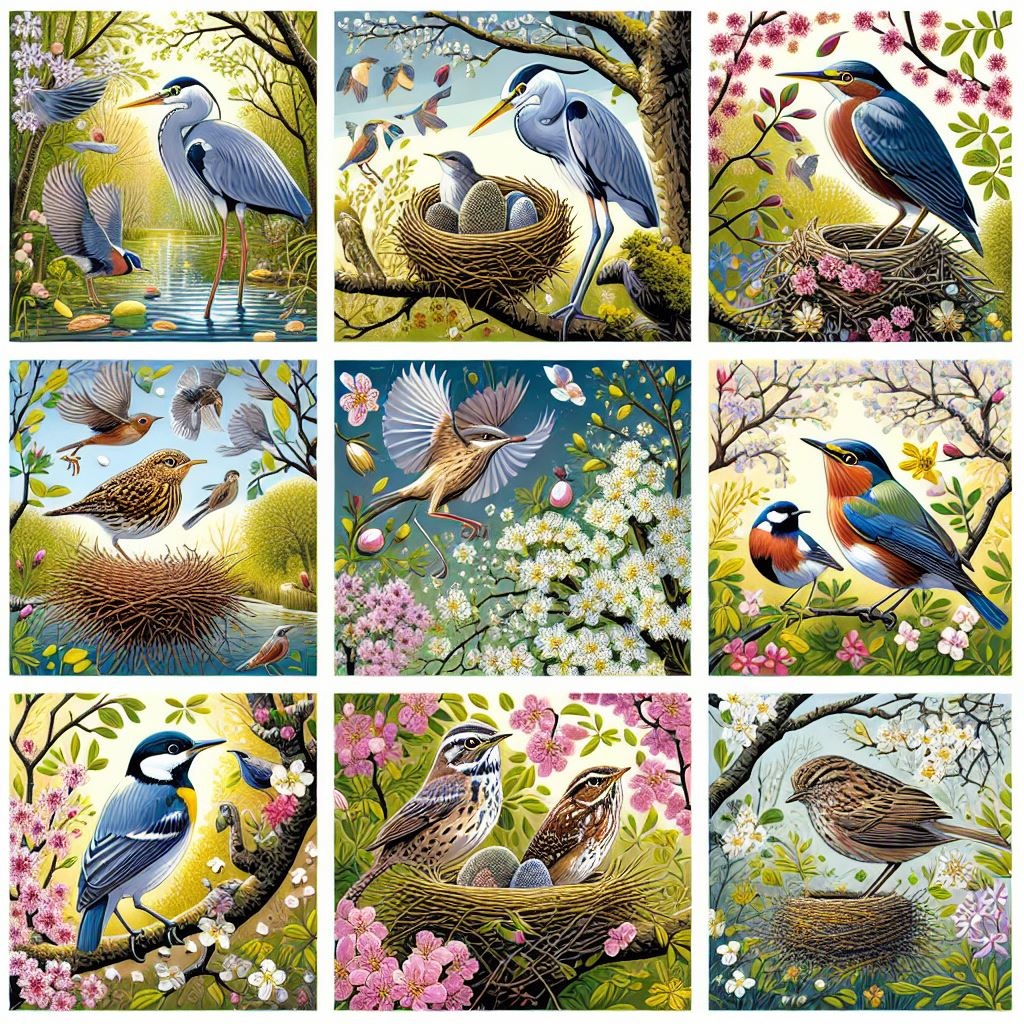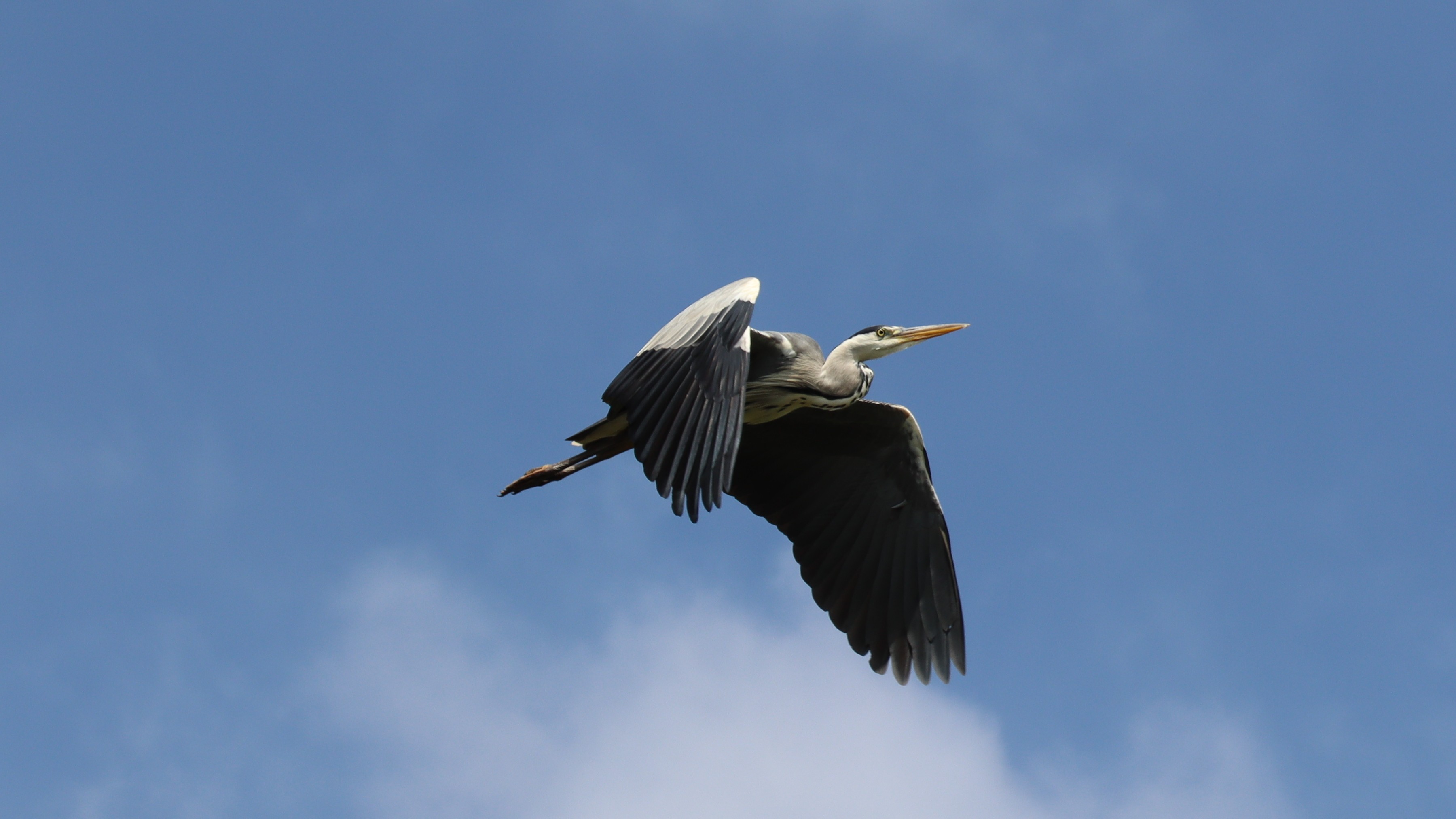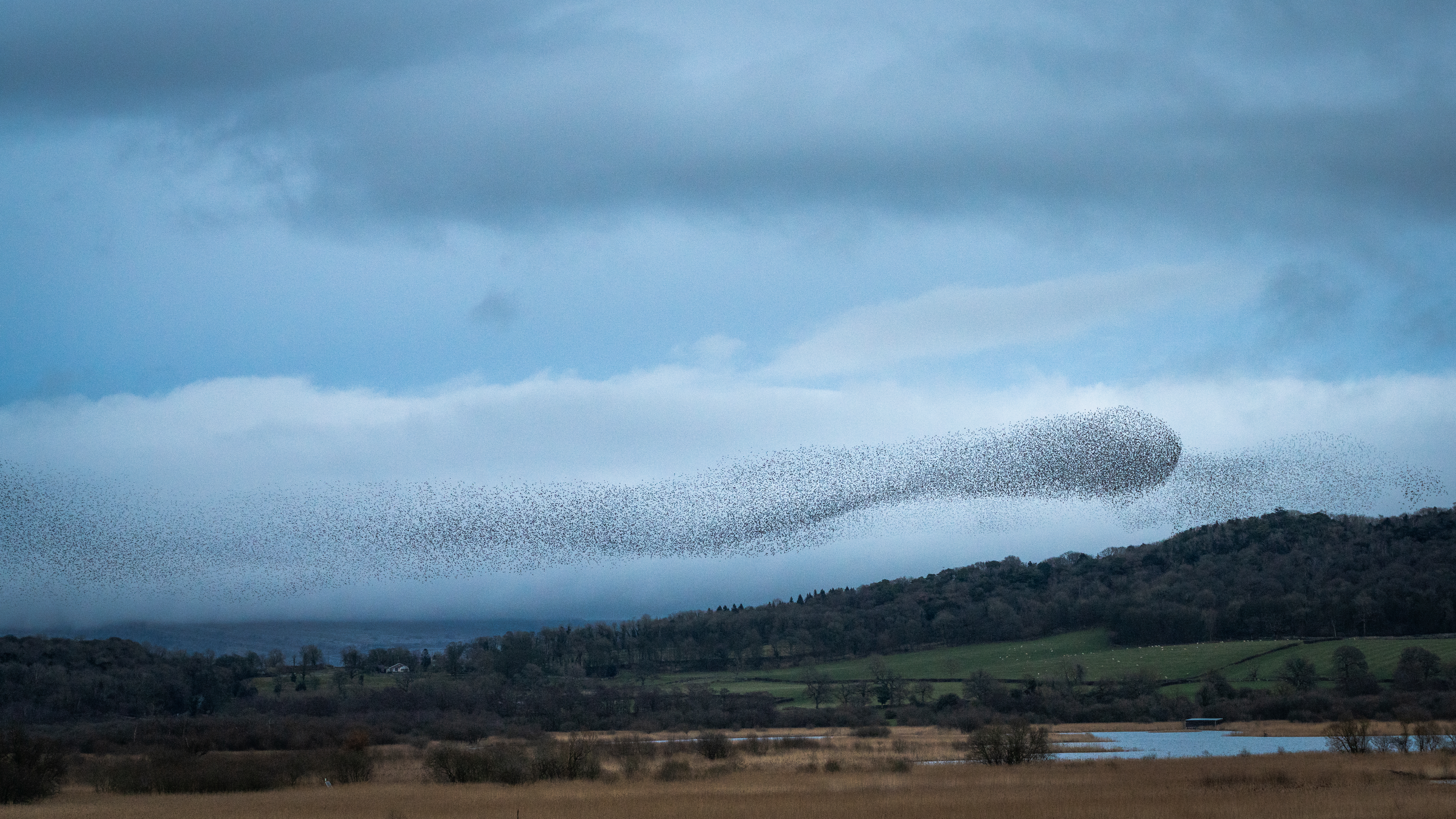Mark your calendars for February 15th and join us for an insightful journey into the world of early nesters. Discover how herons, wrens, and other birds prepare for the new season.
Explore how song thrushes can complete their nests in just two days and why some early nests might not survive due to egg-stealers like squirrels and jays. This captivating article reveals the secrets of nature's early risers and their remarkable nesting behaviours.
Don't miss this opportunity to delve into the wonders of early nests and eggs. Return to explore the beauty and intricacies of these early spring preparations!
Nest building is predominantly a March activity but reports of early nesting are getting more and more common. Herons, like crows and ravens, have always been among the early birds. House sparrows, wrens, robins, blackbirds and blue tits can all be seen carrying nest material this month. A song thrush’s nest, composed of grasses and twigs, can be completed in as little as two days. Song and missel thrushes may both have eggs in their nests by the end of the month. Few of these early nests will reach fruition as, due to poor leaf cover, they are easily plundered by egg-stealers such as squirrels, jays and magpies.
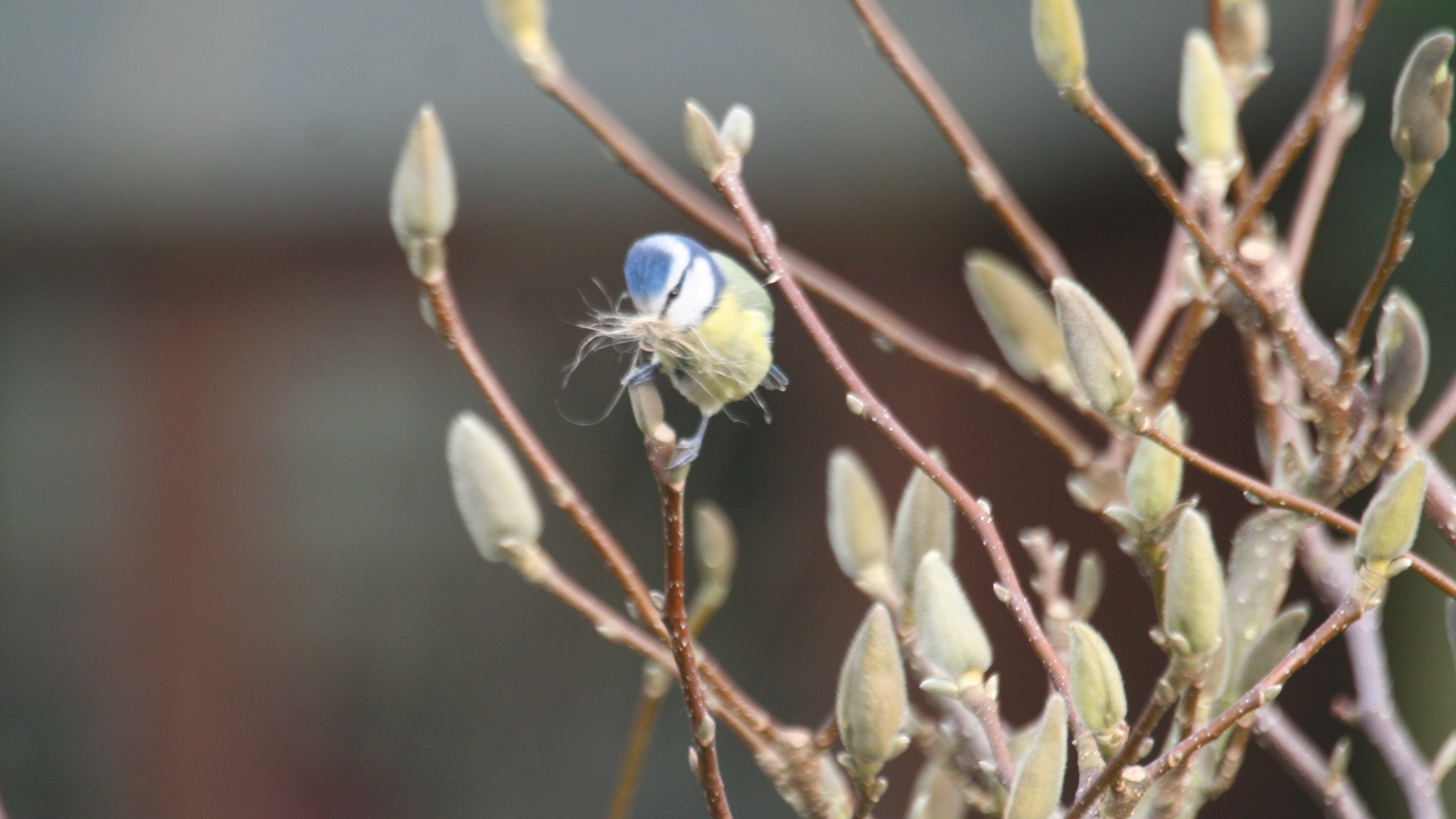
Cock wrens may also have started building their nests. They may build as many as six of them with only one eventually being chosen by the female. She will confirm her choice with a final lining of feathers. The others may be visited from time to time and perhaps even used as roosts. On bitterly cold nights up to ten wrens have been recorded roosting together in the same nest. Looking particularly brown this month, these birds are easily seen prospecting for nest sites, often leaving their nests unfinished if they are disturbed in any way.
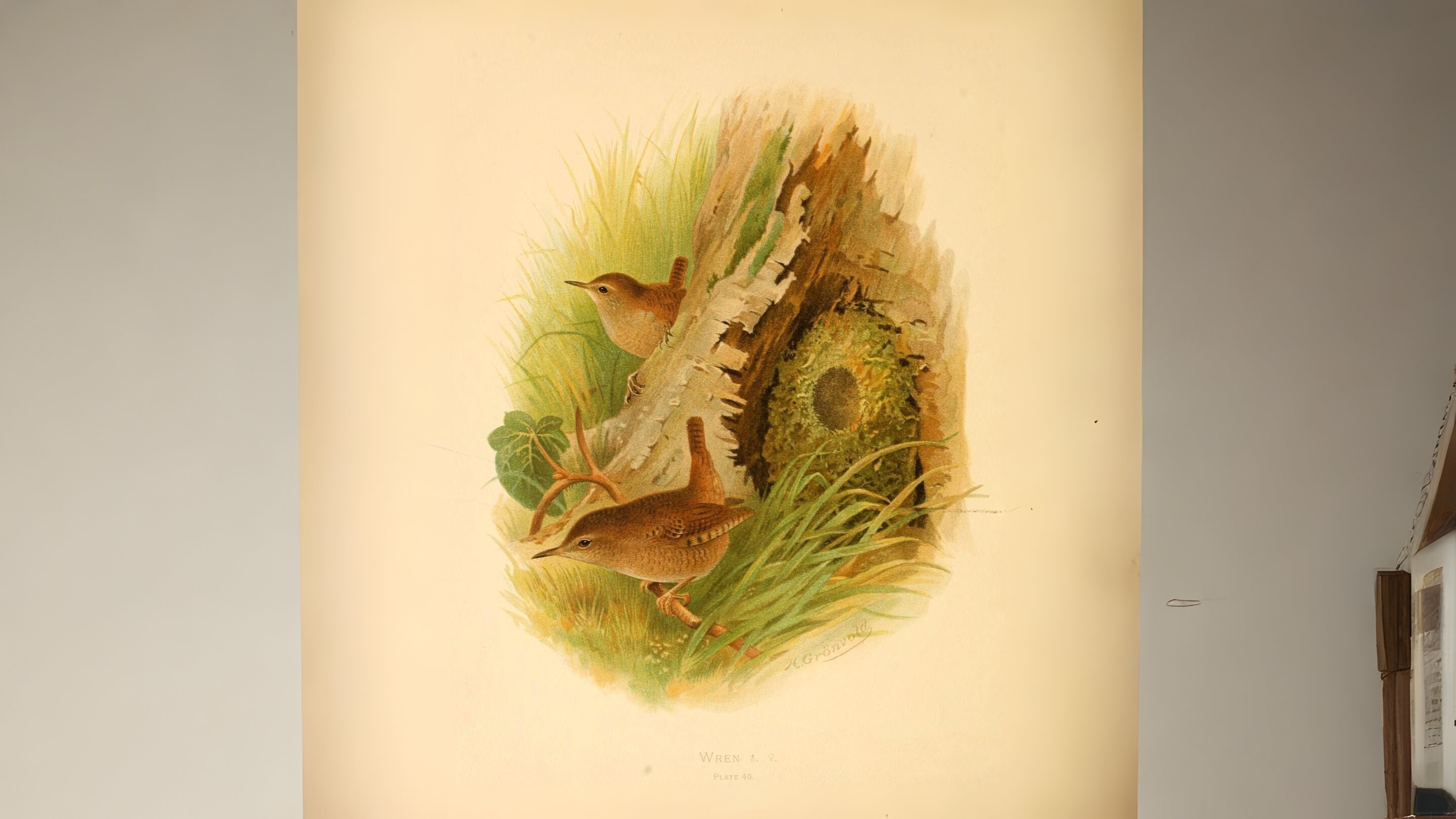
Herons, partridges, rooks, mallards, Egyptian geese, owls and missel thrushes could also be sitting on eggs by the end of the month. Heron’s nests are the grandest of all, being up to four feet across and perhaps two feet deep. The cup of the nest is not usually visible, but is more comfortable than it looks from below, being lined with small twigs, roots and leaves. Between three and five chalky-blue, roughly surfaced eggs are laid with both birds then sharing the incubation. If one bird is seen on the nest and the other is stood beside it, it is likely they are incubating. If disturbed in any way they issue a harsh scolding call, the first for a few months as they have been silent all winter.
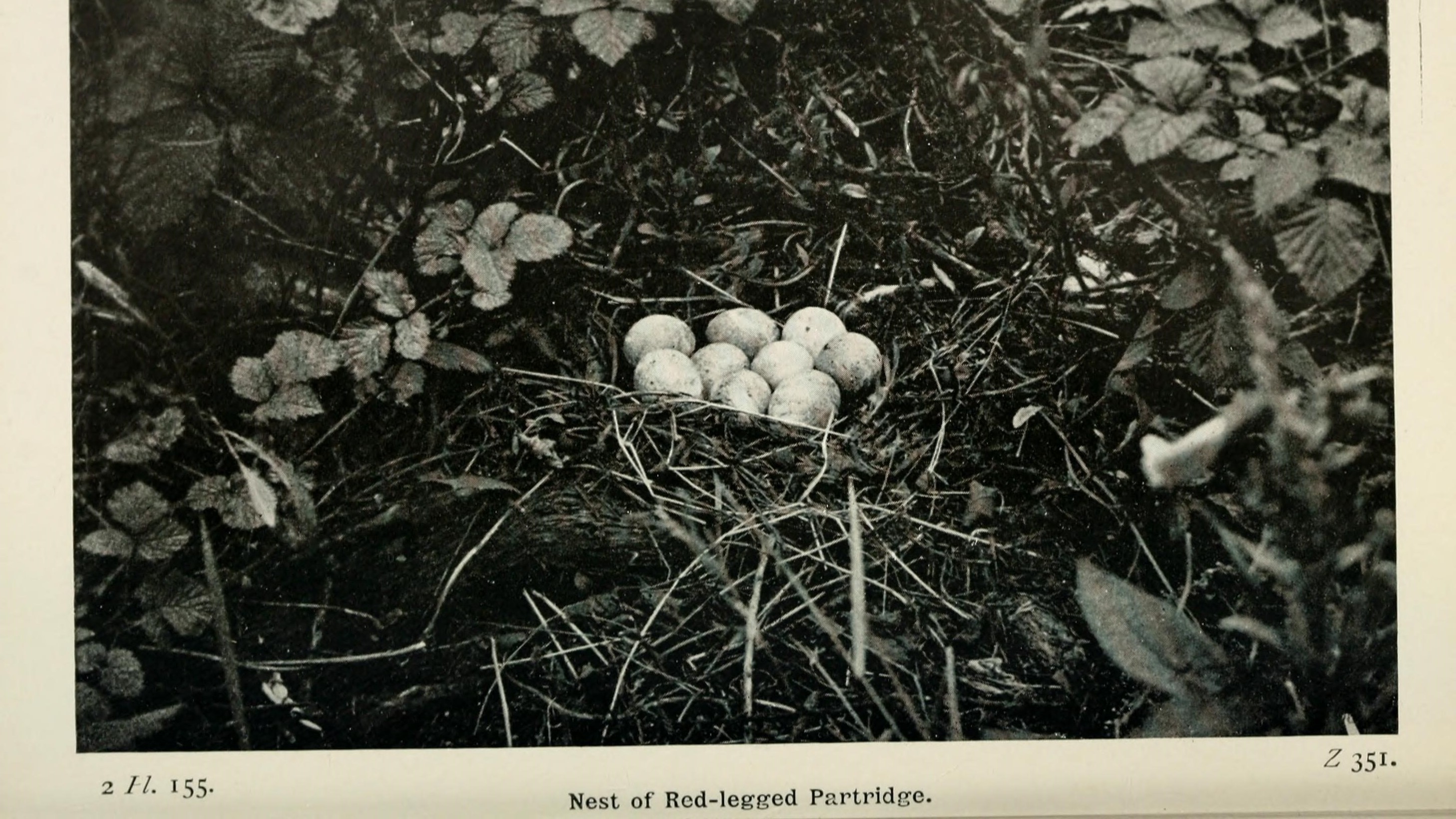
Herons always catch the attention of pedestrians in London as they fly so majestically over the very centre of the city, much as they must have done before there were any Londoners at all. It is their size, slate grey colour and heavy, laboured flight that we notice. Their wings are only a little smaller than those of a golden eagle. Their necks are long and drawn out as are their trailing legs. Then there is the fearsome bill we see when they are hunting for fish with such determined patience, making slow deliberate steps before stabbing their prey. They were at their most popular in medieval London when courtiers hunted them with peregrine falcons. As many as four hundred are known to have been served at a single banquet. To avoid being caught they are known to fly high, giving rise to the belief they were cowards. There is an old custom associated with them in need of revival. You should always say ‘good morning’ to any heron you see, this ensuring good luck for the rest of the day.
Flocks of redpolls and siskins, both winter visitors, can still be seen moving quietly through groups of alder and birch trees, feeding on their catkins. Mixed
flocks of finches are doing the same, mainly in the morning and late afternoon but by the end of the month they may well have started breaking up. In places like Rainham Marshes it is possible there may be as many as three thousand lapwings, and further down the estuary, near Tilbury, perhaps as many as two hundred avocets. Towards the end of the month many of the lapwings may start flying east to Germany, reducing their numbers here.
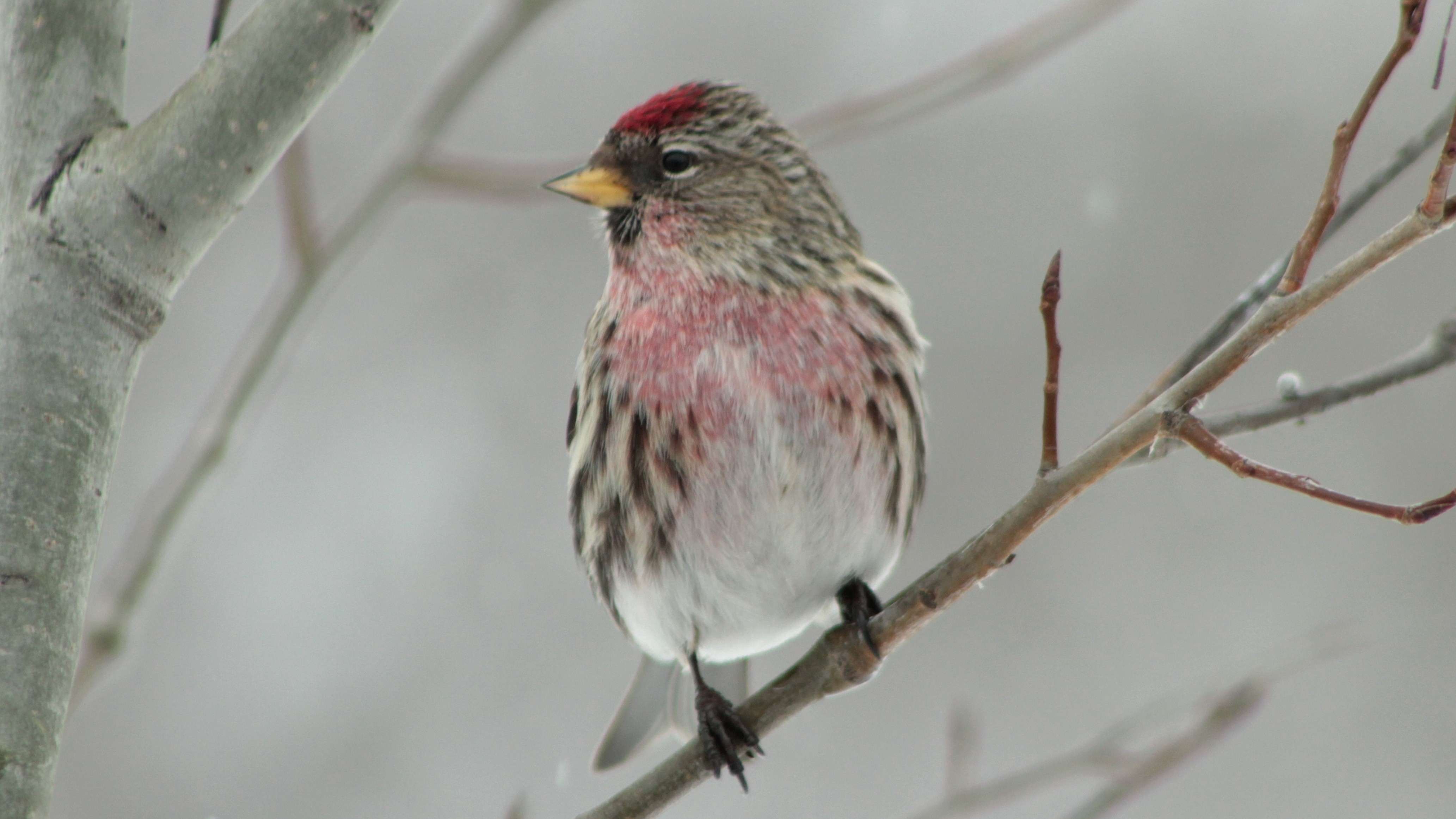
On open ground near the estuary, there will still be some flocks of fieldfares and redwings, although any flocks of linnets may well now be dispersing. Mixed flocks of gulls, starlings, carrion crows and woodpigeons can all still be seen on pitches and open spaces across the city. The gradual disappearance of black-headed gulls will be yet another pointer to spring. Slightly further out of town, flocks of rooks are starting to spend more time in and around their rookeries. Rarer flocks, such as a wisp of snipe, a herd of curlews or a flock of yellowhammers take a lot more finding.
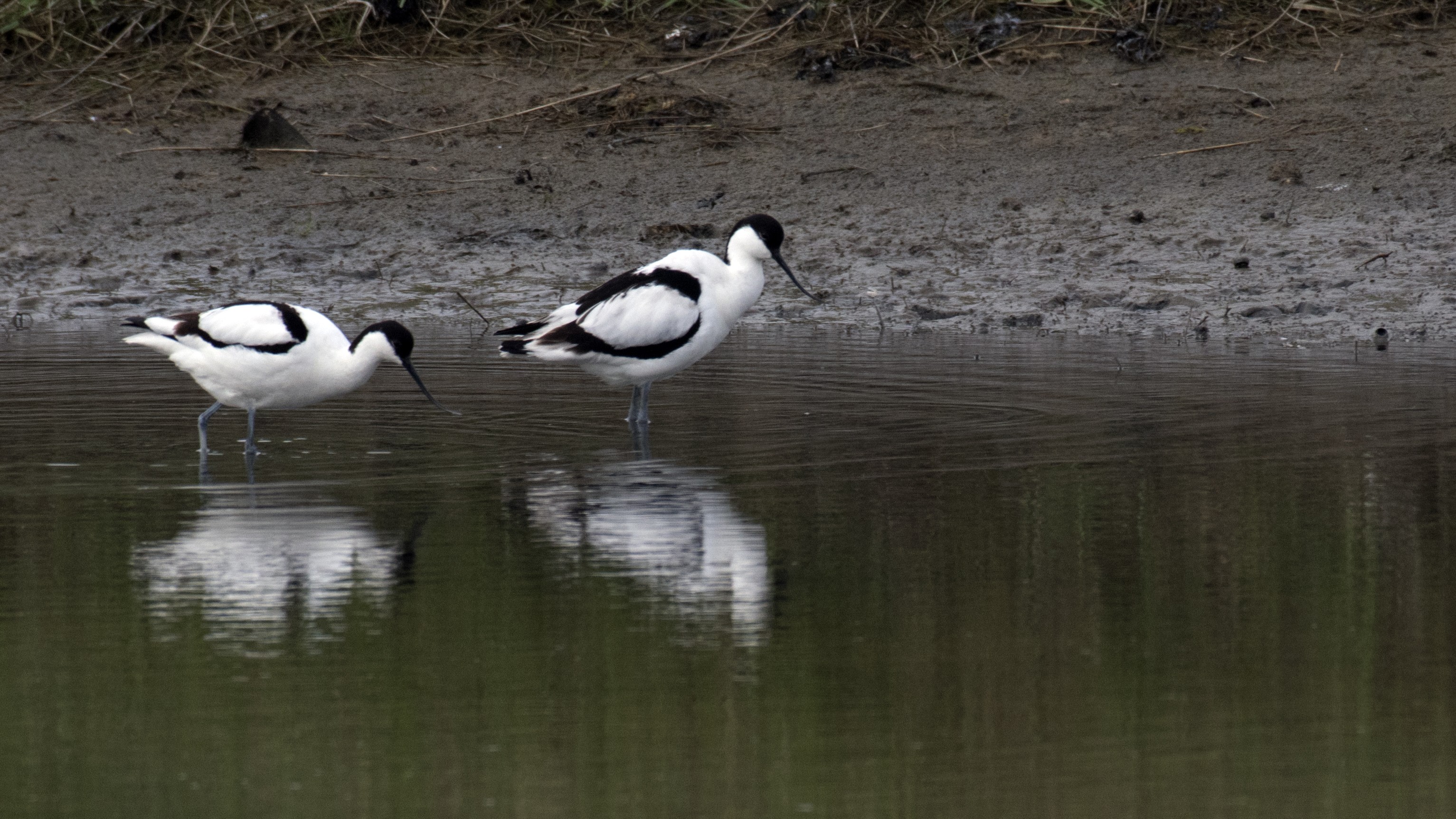
Foreign starlings are now arriving in large numbers. They can sometimes be distinguished from our resident birds by their brown bills, compared with the yellow ones of our residents. In and around London they perform startling aerial displays with vast numbers wheeling and turning. These spectacles usually occur at dusk, but sometimes can be seen during the day. Groups of birds can be seen as the light falls following regular flight pathways, such as along the Thames, to where they prefer to congregate prior to roosting. When together, the noise of these murmations increases to a crescendo as dusk approaches, then they seem to almost fall into the trees or reeds where they will spend the night. These displays until recently were a major event of the month, but are now being seen far less. However, there are still significant congregations near some of London’s bridges, with the birds eventually roosting underneath the bridge overnight.
